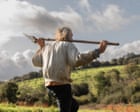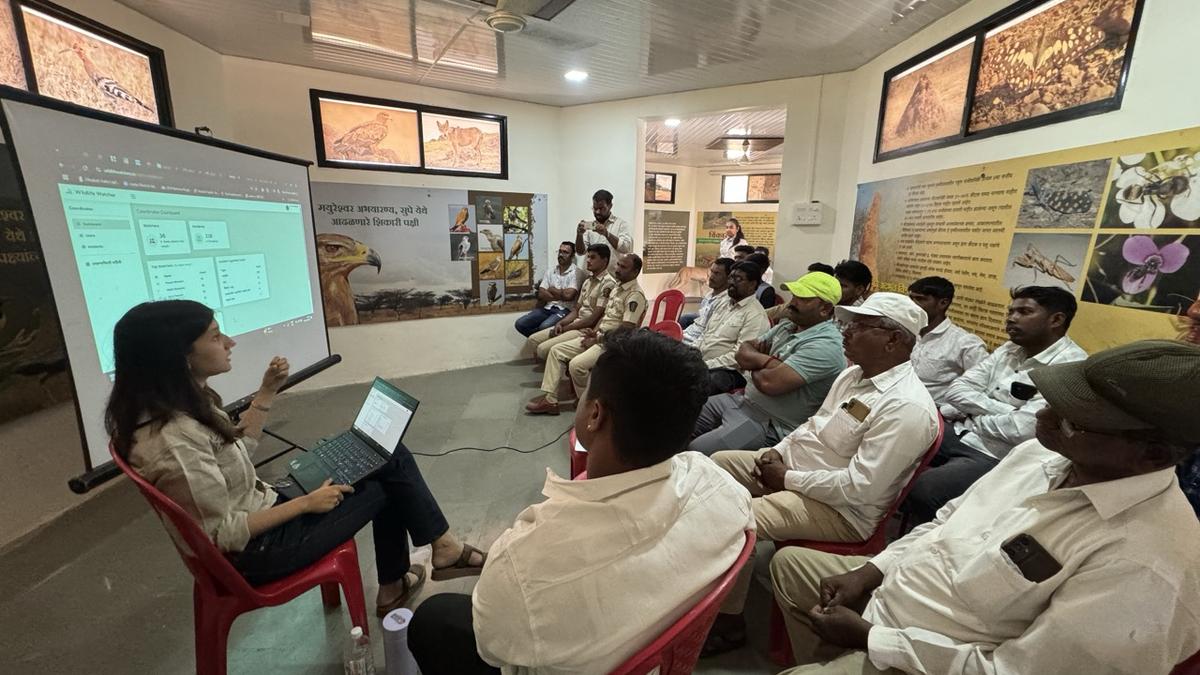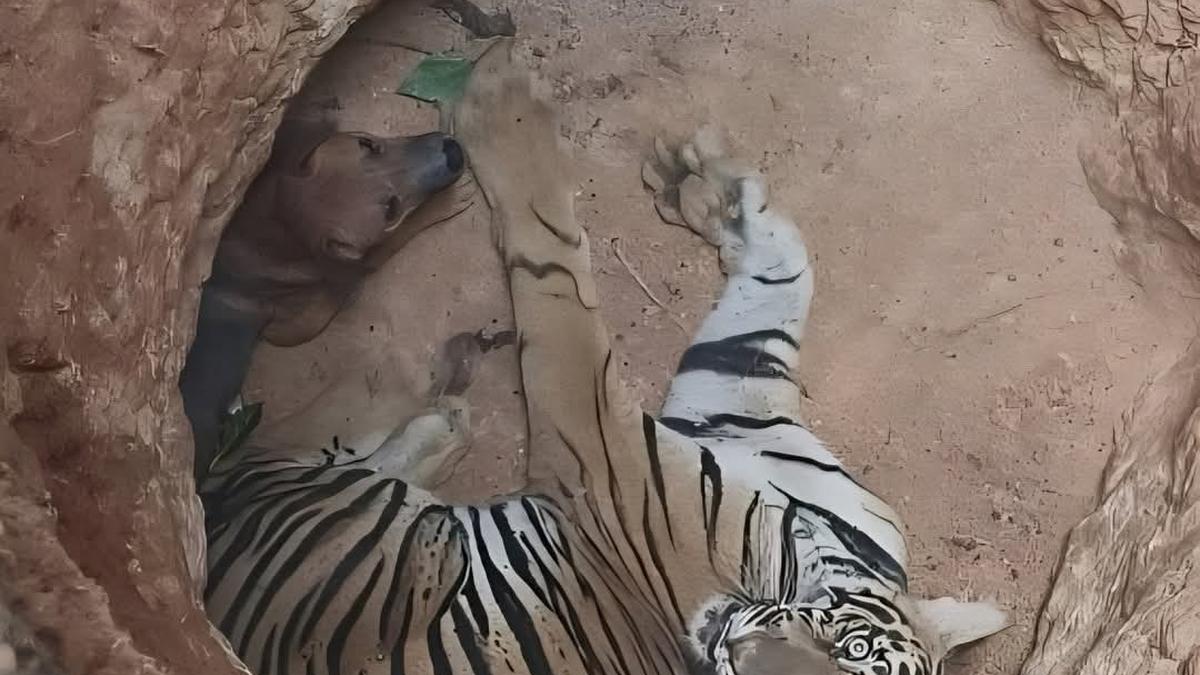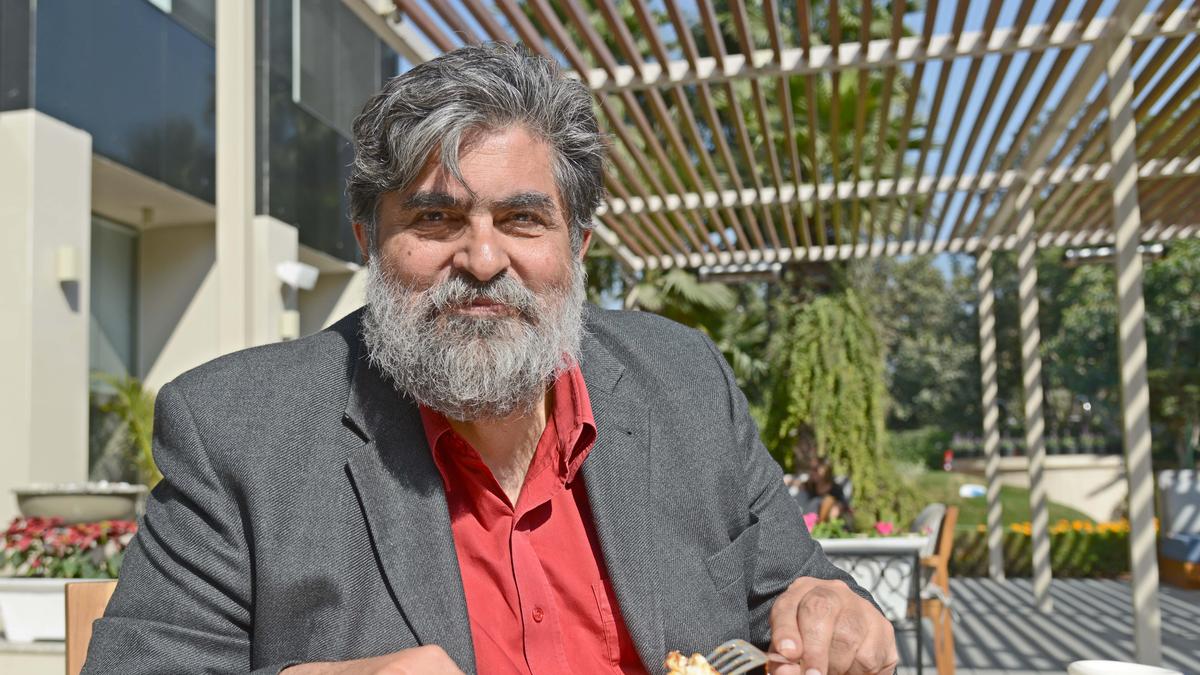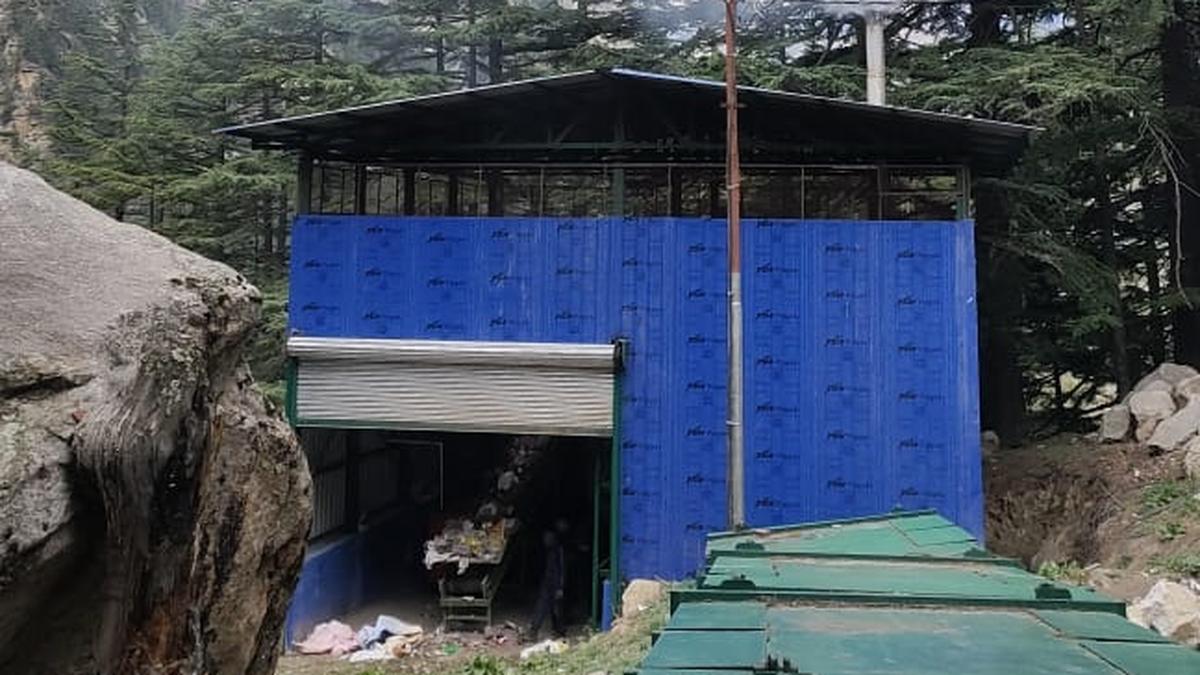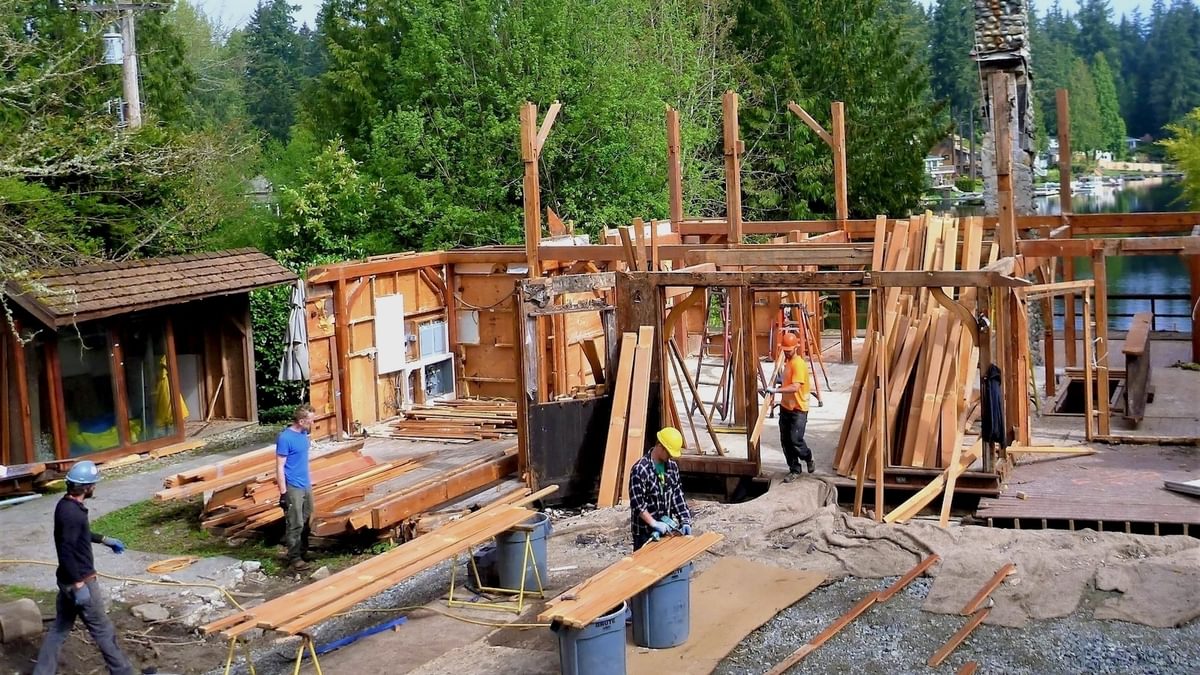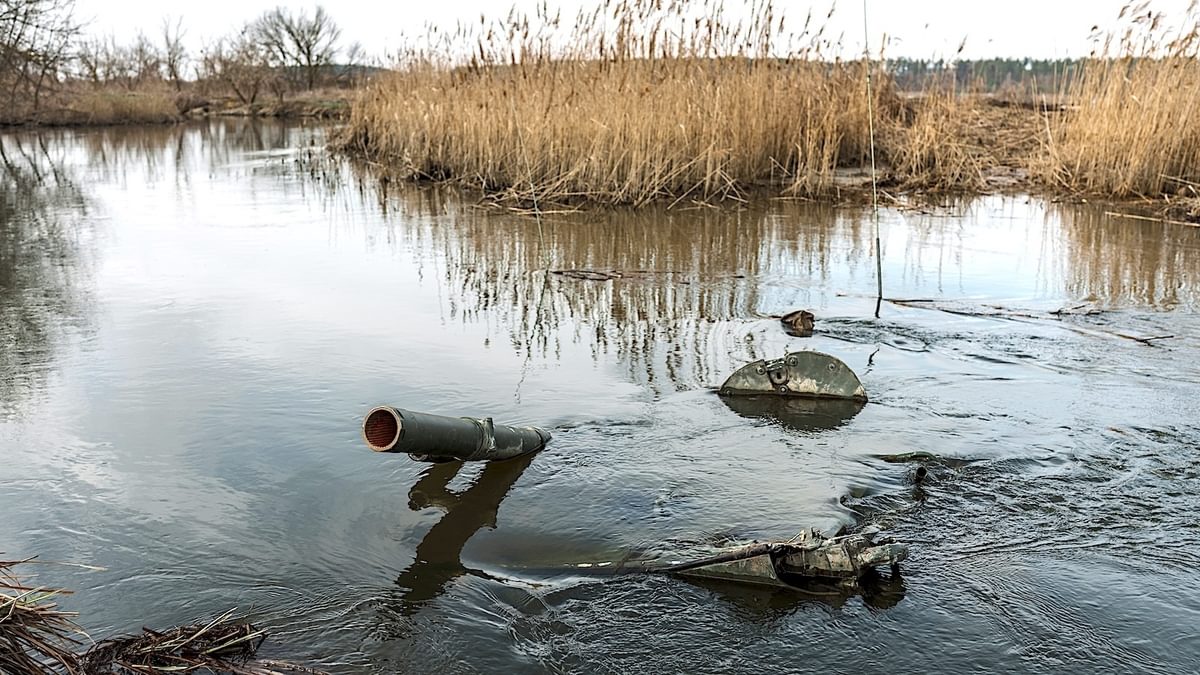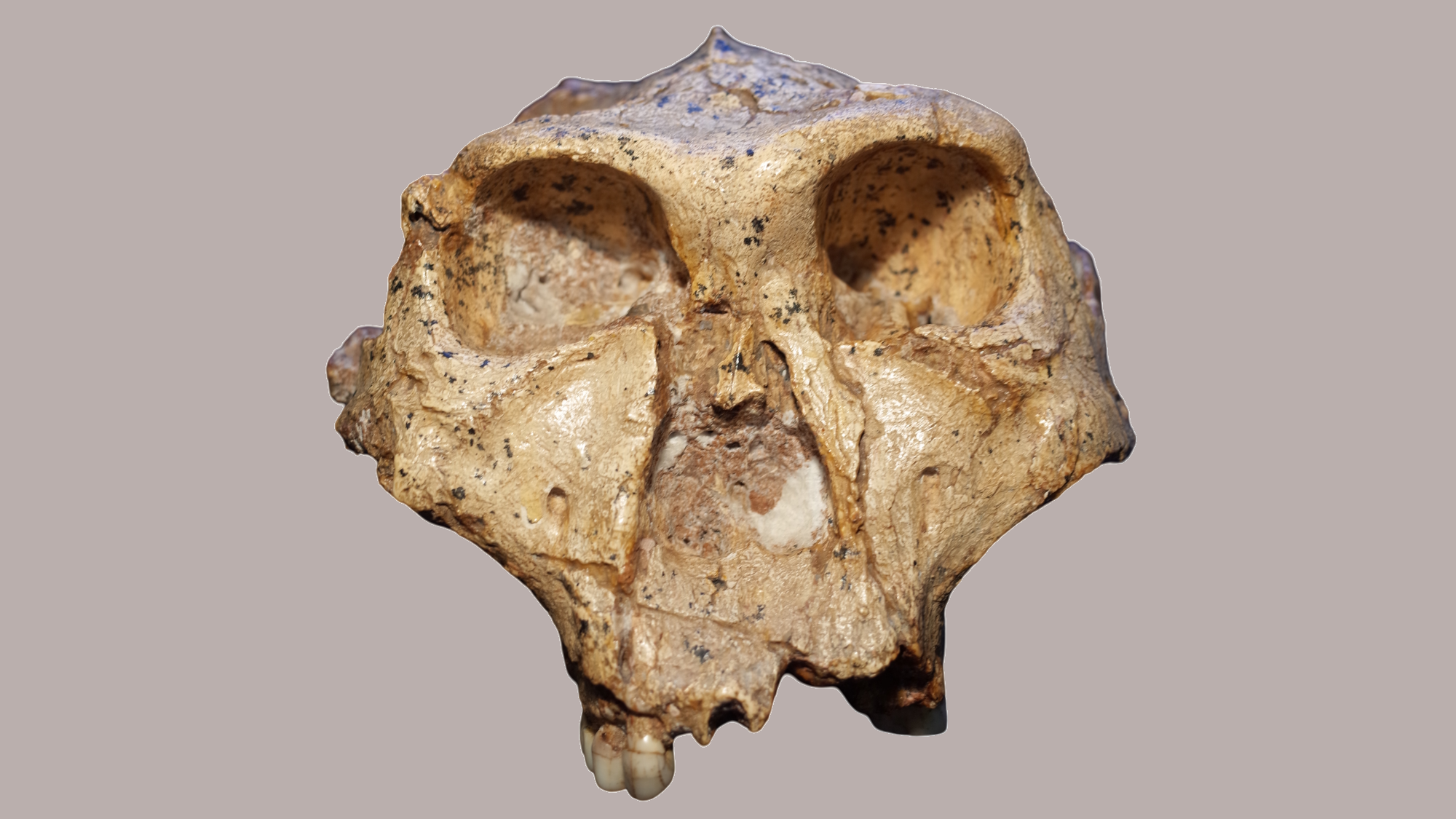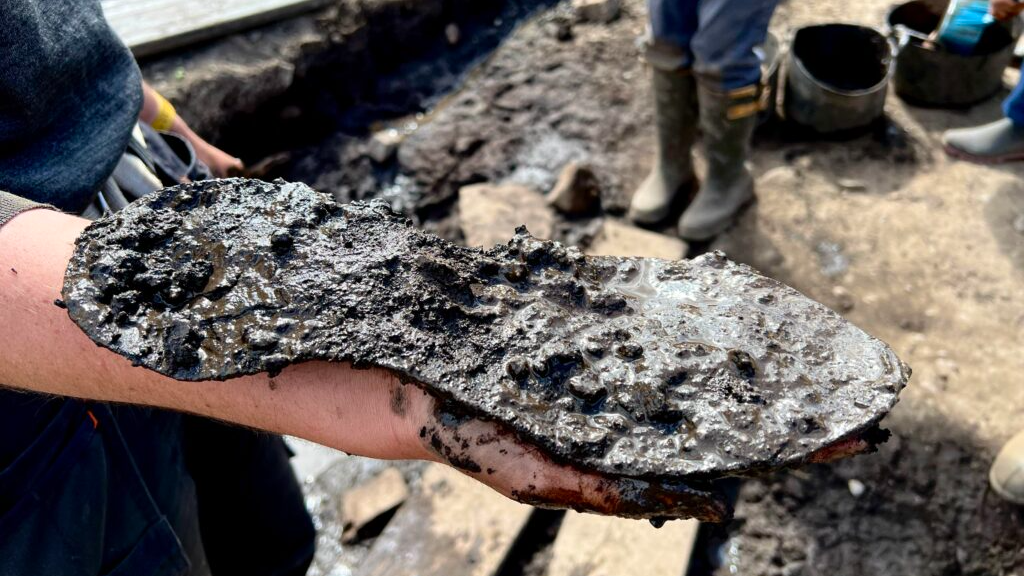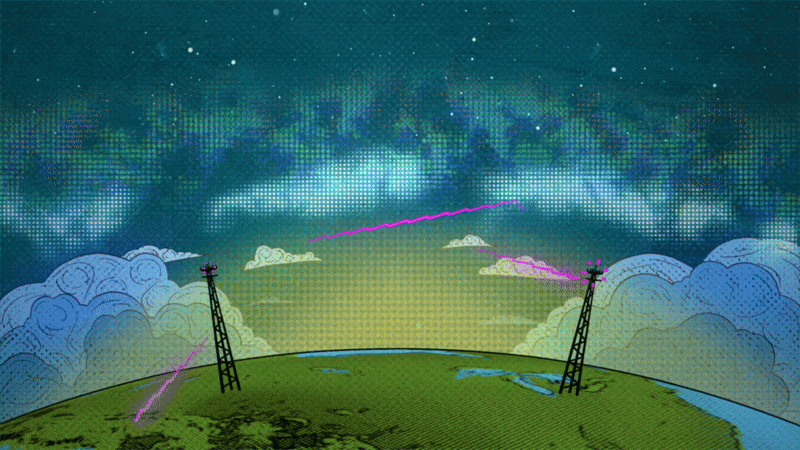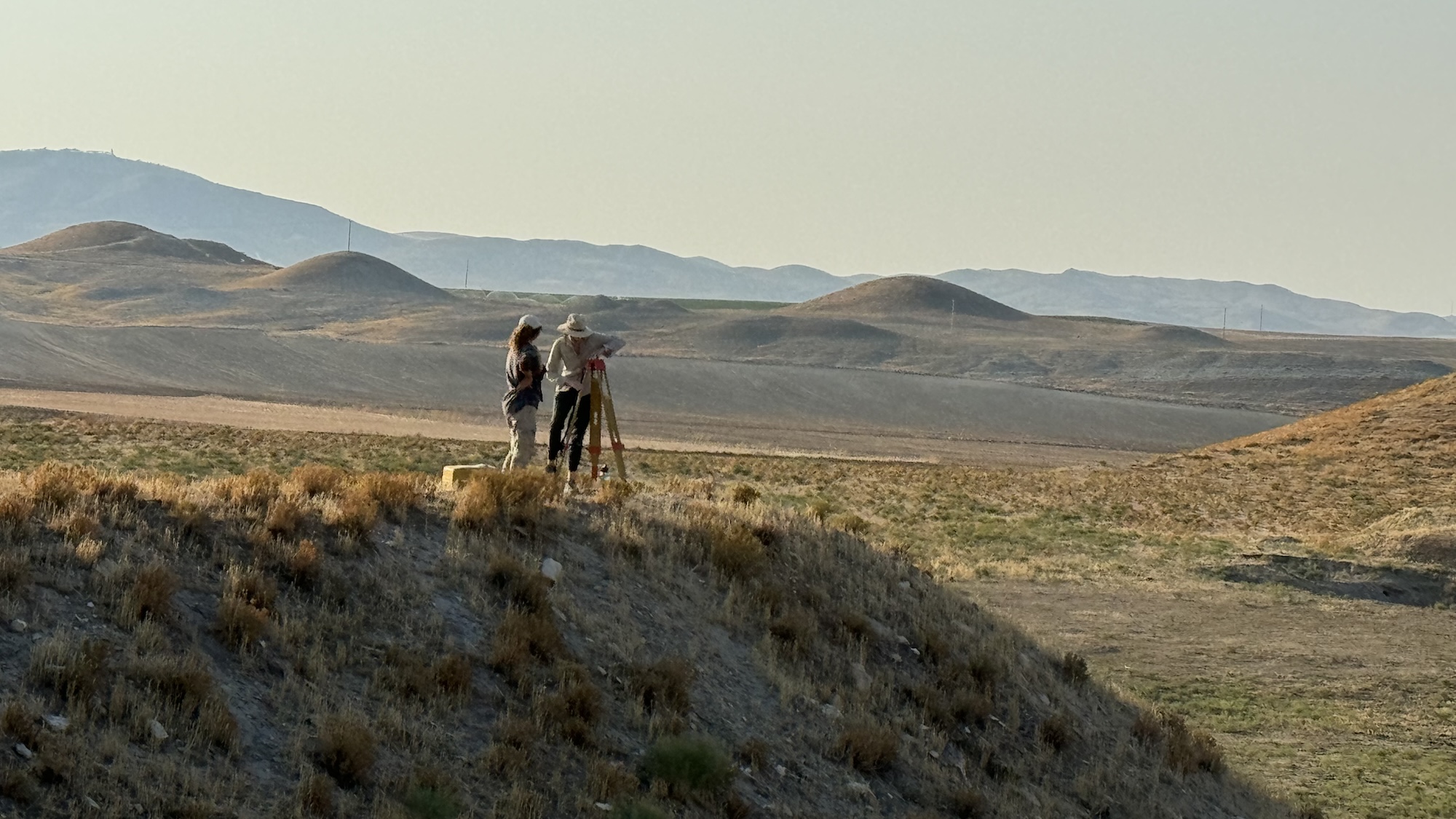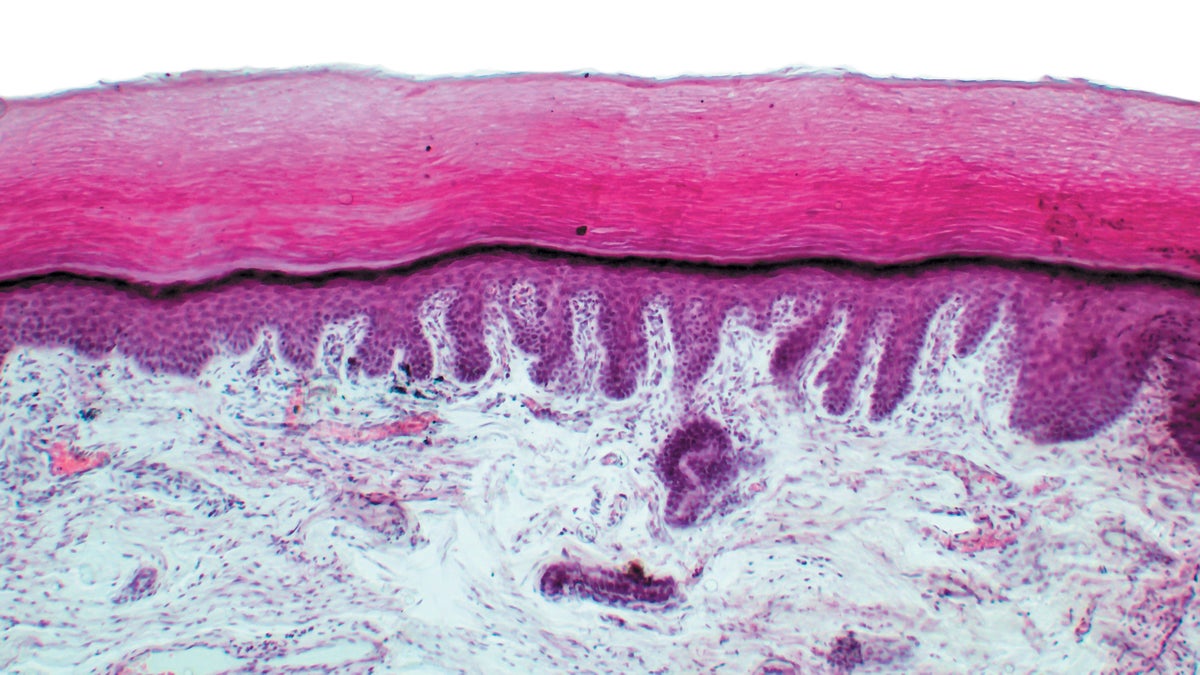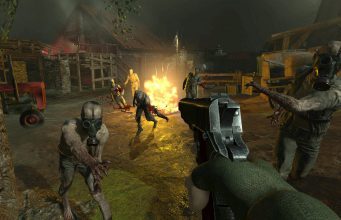Country diary: A horse chestnut that knows a bit about risk and reward | Mary Montague
Ormeau Park, Belfast: Planted in a perilous position by an inveterate gambler, this grand specimen has been bearing fruit for about 200 yearsOrmeau Park is Belfast’s oldest municipal park, but it was once the country estate of the second Marquis of Donegall (1769-1844). An inveterate gambler, the marquis retreated here to escape his creditors in England, finally taking up residence to spend his life surfing his debts. Belfast’s expansion in the 18th century had led to widespread deforestation, and this may have inspired the once-modish name “Ormeau” – from the French ormes au bord de l’eau, meaning “elms by the water”. After all, mature elms were sufficiently scarce by this time (long before Dutch elm disease) to have been a status symbol.Below the Lagan’s old riverbank, where rakish young elms are still growing, I look across the grass that used to be marsh or mudflats. Next to the park railings, as if shaped by early trauma, an aged horse chestnut tree leans firmly away from the river that’s now below the embankment – a perilous position, given that any surge of the Lagan would have inundated this ground. Could this stooped grandee have survived being almost drowned? Continue reading...

Ormeau Park, Belfast: Planted in a perilous position by an inveterate gambler, this grand specimen has been bearing fruit for about 200 years
Ormeau Park is Belfast’s oldest municipal park, but it was once the country estate of the second Marquis of Donegall (1769-1844). An inveterate gambler, the marquis retreated here to escape his creditors in England, finally taking up residence to spend his life surfing his debts. Belfast’s expansion in the 18th century had led to widespread deforestation, and this may have inspired the once-modish name “Ormeau” – from the French ormes au bord de l’eau, meaning “elms by the water”. After all, mature elms were sufficiently scarce by this time (long before Dutch elm disease) to have been a status symbol.
Below the Lagan’s old riverbank, where rakish young elms are still growing, I look across the grass that used to be marsh or mudflats. Next to the park railings, as if shaped by early trauma, an aged horse chestnut tree leans firmly away from the river that’s now below the embankment – a perilous position, given that any surge of the Lagan would have inundated this ground. Could this stooped grandee have survived being almost drowned? Continue reading...
















